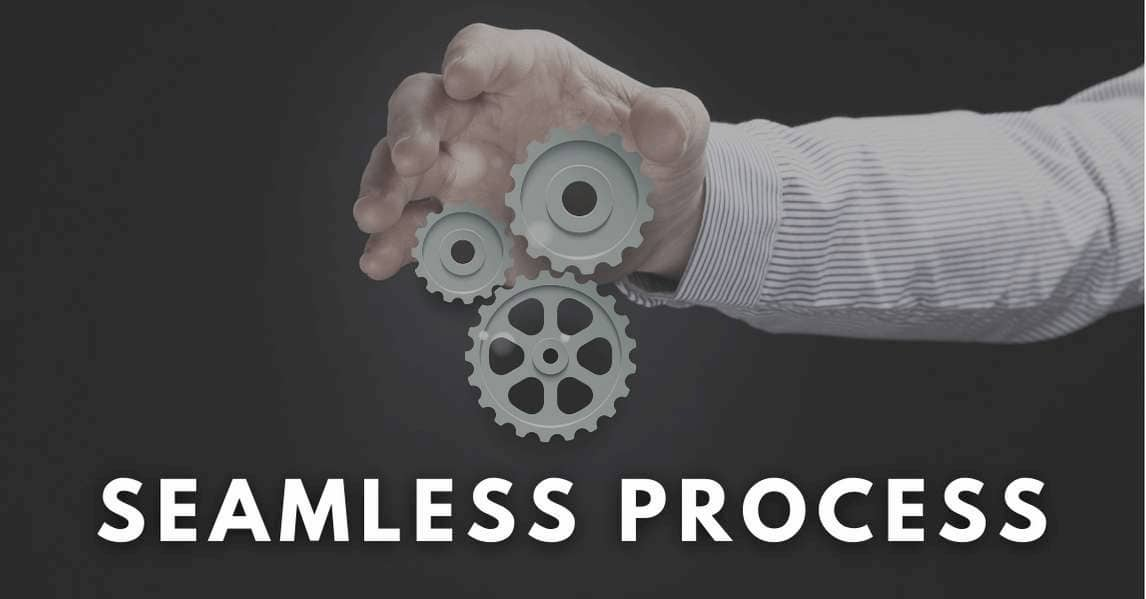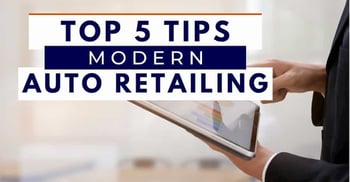Seamless Process to Increase Car Sales


We do a lot of mystery shopping at Applied Concepts, and one of the biggest areas of opportunity we find is improving a dealership's sales process. In particular, dealers fail to realize that the customer's buying journey should be an ongoing, integrated conversation that splits across multiple different interactions rather than a series of discrete interactions that are lazily strung together by poor processes.
You can have a really effective interaction on Monday, a good one on Wednesday, and another good one on Friday, but the process connecting each of those exchanges is the key determinant in the customer’s total experience.
So how do you go about creating this seamless process? To be frank, there are a lot of different factors at play. Some of these factors are controlled at the dealership level (such as successful integration of a live chat, CRM, DMS, email automation, etc.).
However, here we will highlight two that are especially important and under-looked:
Transition Between Channels
Let's say for example that you receive an inbound phone call, and the customer wants you to email them a link. Or perhaps you make an outbound phone call, and the customer wants you to text them a picture. These transitions between communication channels need to be seamless in order to create a positive buying experience and ensure each interaction is actually accomplishing the goal of advancing the ball.
Here are a few key concepts to keep in mind:
Never Be Random
During each interaction, think about what should be the next appropriate channel. You should always be thinking about how to set the stage for the next interaction. If you’re sending images or documents, consider communicating this information via email (which can also be opened on a phone). If you’re discussing their concerns or questions, consider doing this over the phone. If the information is more administrative, consider sending it over text. There are no hard and fast rules, but don’t choose at random. Be thoughtful.
For example: Ask the Customer. “Sure, I’m happy to send you those pictures, do you prefer if I text them or email them?” Molding your approach to the customer’s preference will drive up engagement.
Provide multiple channels to increase the response rate.
Provide customers with multiple methods to contact you. If it takes 3+ one-on-one interactions to close a sale, it’s unlikely that all of those will take place on a single channel. By providing and using multiple channels, you will increase the likelihood of developing a trusting relationship and closing a sale.
For example, follow-up a voicemail with a text or email. They may not want to call you back, but they may be perfectly OK responding to a text or email. This gives them the option to reply in the manner they find most comfortable and increases the response rate.
Transition Between People
The transition from a BDC rep to a sales rep, or the transition from one sales rep to another, also should also be a seamless process to create a positive buying experience. There are multiple ways to do this, but central is the idea that each interaction should directly and thoughtfully build upon the previous interactions.
Here are a few key concepts to keep in mind:
Do Your Research

Never go into an interaction with a customer without having context. You can provide a more seamless experience by saying, “You spoke with my colleague John about XYZ. It looks like you said ABC.”
Build It Up
Each interaction must build on the earlier interaction(s) with the customer. If you speak with a buyer on Monday, don’t have the same conversation on Wednesday. You should constantly find ways to add new value with each encounter.
Don’t Recycle
Never blindly repeat a call-to-action. If the customer rejects the BDC’s appointment attempt at 2 pm, do not call that customer again at 4 pm in order to set an appointment.
Key Takeaways:
1. A seamless process ensures that all customer interactions appear as an ongoing & integrated conversation rather than multiple discrete conversation.
2. The transition between conversations should not be jarring. Customers should not have to re-explain or re-answer questions.
3. You need tight and clear processes to facilitate hand-off of the customer between employees, and transition from one channel to another.
4. The branding, approach, and language should be consistent across all communication.
How We Can Help
We dive into these topics (and more) in our training. Not only are there hours of tailored video content, but there are also dozens and dozens of one-on-one roleplay to help put these best practices into effect. Learn more HERE or connect with us HERE for a free assessment.



